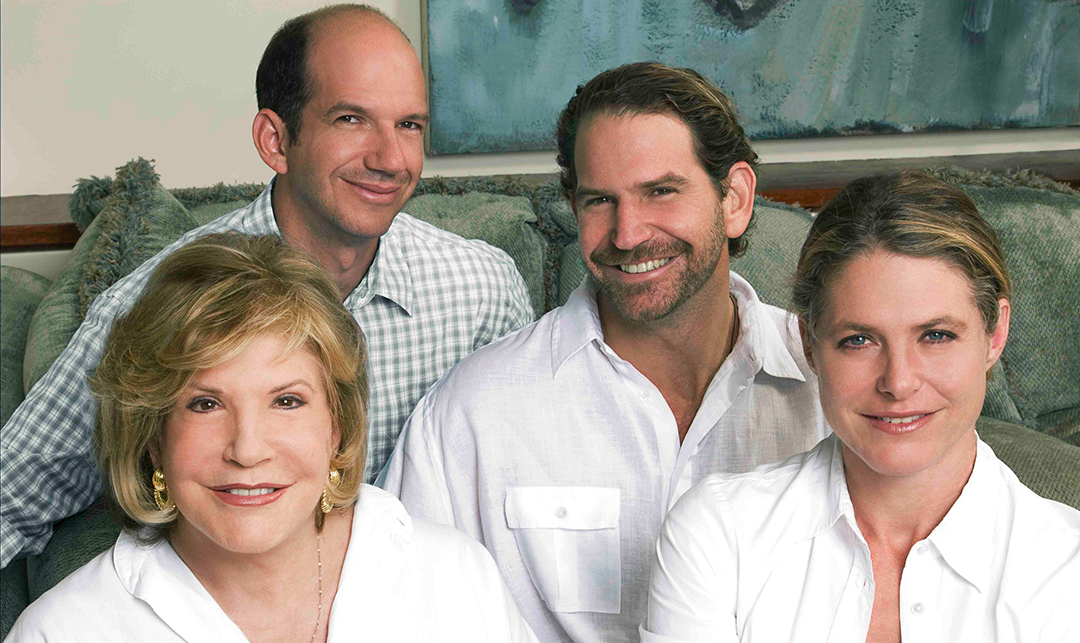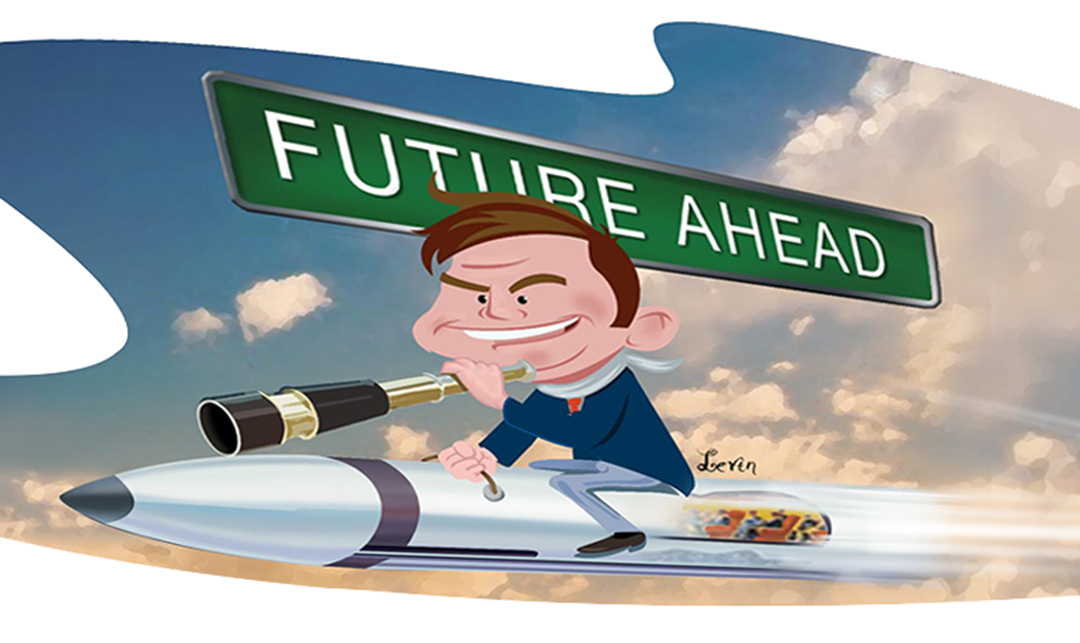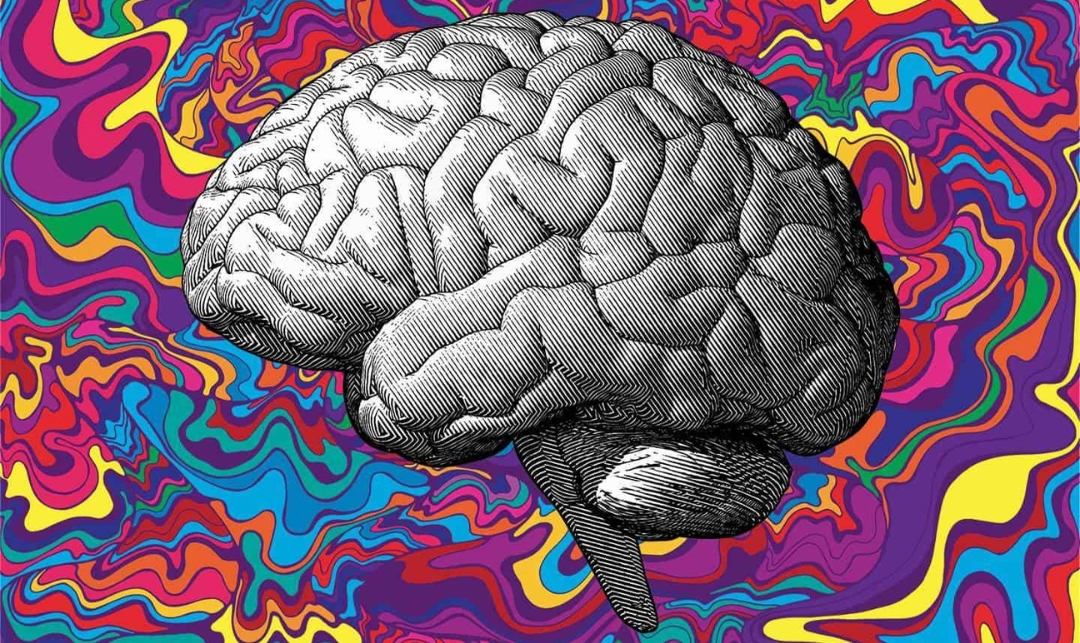The room is white and sterile with beds, monitors, soft spa music, mood lighting, and a cadre of physicians, nurses, and therapists. The room is in Tijuana, Mexico, and in addition to a team from the U.S. government, there are also brujos—shamans from Mexico and South America—assisting in the three-day journey, or metote, that the active-duty and retired Marines, SEALs, and other special operations warfighters are embarking upon.
They are being treated for post-traumatic stress disorder (PTSD) with a novel approach that goes beyond traditional psychotherapy—using psychedelics such as LSD, psilocybin mushrooms, ketamine, and cannabinoids. The subjects are smoking from stainless steel government-supplied pipes containing 5-MeO-DMT synthesized from the South America Bufo alvarius, commonly known as the Sonoran desert toad or the “Toad of Dawn.” The powder they smoke has the ability to rewire the brain and relieve anxiety, depression, and other mental health symptoms. Many users refer to it as the “God molecule” because it facilitates full-blown mystical experiences, including an alleged communion with some higher-order, divine consciousness. Unlike the acid trips young people took in the ’60s to expand their minds, trips that took eight hours and ended with hangovers and exhaustion, these are shorter journeys of seven to 90 minutes, using precise doses delivered by trained medical personnel.

Smoking 5-MeO-DMT, results in a short, fast-acting ride through the cosmos, sustained enhancement of satisfaction with life, and easing of anxiety, depression, and PTSD. While the memories of combat, fighting brutal terrorism with deaths and injuries to both sides, can never be forgotten, psychiatrists can assist subjects to accept and move forward without anger or fear caused by these extreme events. One 50 mg dose of 5-MeO-DMTproduces hallucinogenic, boundless experiences within one second of inhalation.
Psychedelic clinical research is advancing at a pace that has many people taking trips, including stars of cinema, sports, and business. Early researcher and LSD proponent Timothy Leary would be amazed and vindicated by the rapid adoption and legalization of hallucinogenics. Dimethyltryptamine (DMT) is the lab-created version of the Toad of Dawn. The chemical structure of the Toad and DMT are similar to serotonin and melatonin, sharing with these substances the ability to bond with the serotonin receptors in our brains.
Because DMT is also found in a variety of plants, teas containing the drug have been consumed by many native peoples of South America for at least 1,000 years, often for religious purposes. The Toad only received serious scientific attention as a therapeutic drug beginning in the 1950s.
While DMT is not currently legal in the U.S., a wide range of similar products containing DMT have recently been decriminalized in Denver, Chicago, Oregon, and parts of California along with other psychedelic substances.

People like Marine Mike (name changed to protect his privacy) report mystical experiences after taking the Toad, many “seeing God,” and often sensing a better understanding of their place and function in the cosmos as a result. Shortly after use, participants tend to be totally clear-headed and 100% back to their previous ordinary state.
Mike’s descriptions of the expansiveness of the Toad are deeply profound, a poetic unveiling of the underlying beauty of life and a sense of sacredness, of oneness with the surrounding world, a profound positivity and comprehension of deep truths about reality and equanimity.
“We were lying on beds and floor mats listening to music and wearing eye masks after our dosing, and I began to shake uncontrollably although the feeling was pleasant and warm,” Mike says. “I felt like I was floating in space, connected to the world around me.”
Participants prepare for their trip with a strict diet, devoid of sugar, caffeine, salt, alcohol, nicotine, or any stimulants. The Toad of Dawn is the only substance in their body, which allows it to transform the neural pathways in what feels like a total-body experience. Therapy sessions prior to the treatment are designed to coach participants on how to interpret the experience and how to anticipate feelings in a positive way.
Mike said he was experiencing classic PTSD symptoms that many Special Forces veterans go through, like waking up from a dream and feeling like he was still in the midst of combat, becoming aggravated at small things, and feeling stifled and anxious in crowded spaces. His relationship with his new wife was strained and he burned their wedding pictures and was on the verge of divorce when his wife, a psychiatrist, suggested he seek help through the military system, leading to his weekend retreat in Tijuana.
In an article in Buzzfeed on the growing popularity of psychedelic, author John Semley says of the Toad of Dawn, “Freebased at low doses, it promises an extremely intense rejigging of waking consciousness. … Among users of psychedelics, this is referred to as ‘ego death.’”
The Toad is unique because high doses can lead to an occurrence known as a breakthrough, at which point the user no longer perceives themself as being in the same plane of existence. This new place can range from hyperspace to earthly geographies populated by beneficial creatures known as machine elves. The machine elve—named by the ethnobotanist Terence McKenna, who popularized DMT in certain circles—have been reported by users for decades. Reports of the elves can vary dramatically, especially in appearance, but users tend to agree that the hallucinated creatures are intelligent and benevolent. The frequency with which these beings are reported may explain the use of DMT as a religious tool for contacting the spirit world.

A Separate Reality, written in 1971 by Carlos Castaneda, revealed a common thread of awareness and conscious achievement through experiences now enhanced by formal psychoactive retreats. Castenada wrote about the ally that leads us to see things rather than look at them. The allegedly nonfiction book tells the story of the author’s apprenticeship with a self-proclaimed Yaqui Indian sorcerer, don Juan Matus, between 1968 and 1971. He refers to the Yaqui practice of seeing with peyote as sorcery devoid of self and ego: When you look at people, you see their hair, face, and clothes—but when we see them, their personality, their intent and thoughts are visible. Mike and other users of the Toad also speak of the importance of losing self and ego in order to complete their journey to awareness and consciousness. Seeing the world through the eyes of others, not ourselves, leads us to the awareness that we matter because we are part of a larger consciousness, not just our own frame of reference.
Castaneda writes that living like a warrior is taking responsibility for your acts, even the most trivial acts: “Don Juan stared at me for a brief moment then moved his eyes away. It was a penetrating glance. I felt he had actually grabbed me with his eyes. I had the sensation of two fingers clasping me and I acknowledged a weird agitation, an itching, a pleasant despair in my solar plexus. I became aware of my abdominal region. I sensed its heat. I could not speak coherently anymore and I mumbled, then stopped talking altogether. ‘Perhaps it’s the promise,’ Don Juan said after a long pause. ‘I beg your pardon?’ ‘A promise you once made, long ago.’ ‘What promise?’ ‘Maybe you can tell me that. You do remember it, don’t you?’”
Castaneda spent the next hour reviewing his childhood, searching for the promise Don Juan spoke of, eventually realizing it was his promise to be victorious and his unhappy experience of hurting another boy and feeling good about it. He felt defeated by his own acts and was unhappy that he injured the boy. For the rest of his life, he never tried to win at anything again. Through this process, similar to the journey with the Toad, Castaneda learned to reduce his wants to nothing and his wants were what made him unhappy. “If we learn to cut our wants to nothing, the smallest thing we receive is a true gift. Be at peace that you made a good gift to the boy you hurt. To be poor or wanting is only a thought; and so is to hate or be hungry or to be in pain,” Castenada wrote. “But how can hunger and pain be only thoughts”? Don Juan replied: “They are only thoughts for me now, that’s all I know. I have accomplished that feat. The power to do that is all we have, mind you, to oppose the forces of our lives; without that power we are dregs, dust in the wind.
Marine Mike began to see during his journey that only a warrior can survive. A warrior knows what he is waiting for and while he waits he wants nothing and thus whatever little thing he gets is more than he can take. If he needs to eat he finds a way, because he is not hungry; if something hurts his body he finds a way to stop it because he is not in pain. To be hungry or in pain means he has abandoned himself and is no longer a warrior, and the forces of his hunger and pain will destroy him. The separate reality is a deep state of non-ordinary reality that reveals that oppressors and the oppressed meet at the end and the only thing that prevails is that life was altogether too short for both.
Studies that led to Mike’s treatment and subsequent epiphany show how these substances work in our brains to change behaviors such as anger, depression, and PTSD. According to Dr. Carol Routledge of Small Pharma,
“A lot of mental disorders, like depression, PTSD, and OCD, have this real negative cycling thought process which leads to ingrained neuronal processes. Psychedelics break that pathway, they break those neuronal connections and they increase neuronal connectivity and synaptic connectivity.”
Since the 1960s, scientists believed some mammals produce DMT, as its presence has been found in the brains of rodents and humans. How this phenomenon relates to the unique, short-duration, high-intensity trips—typically including visions, complex, multicolored geometric patterns, loss of ego, and altered thought patterns—are still unknown after a half century of research.
New discoveries this century suggest that psychedelics suppress our posterior cerebral cortex, our older brain, blocking out the default network that is our autobiographical memory, the self-talk part of the brain that is our ego, and lead to a new understanding of ourselves. This network also controls how we perceive our senses and DMT can combine these senses, allowing users to see music or hear colors.
Using A Separate Reality’s analogy, we all have gaps, soft spots that allow our will, our power, to shoot out like an arrow from our abdomen. This gap opens as we develop our will—in this case, the will to help others and do good. Will makes you invulnerable.
Coming out of his Toad journey, Mike is so full of the now that when we met at a wedding a week later, he was able to describe to me in vivid and detailed terms his experience of awakening and how it allowed him to see in the moment. I thanked him for spending an hour speaking with me and asked how, of all the 300 people at the wedding, he chose to tell me about his journey. “I could see that you were a person who would understand my story.”
Scientists now believe that whatever we can do with psychedelics we can do without them. From modulating and mimicking our neural transmitters to maintaining the loss of ego and fear of others’ opinions, the awareness Castenada wrote about what he achieved through psychedelics can now be enjoyed, sober, without being a holy person or shaman. Concentrating on our minds, without speaking, focuses us on eliminating our stuck brain loops, such as “I need a cigarette,” and creates new loops of boundless love and a lack of envy and anger. Much like Mike, who rid himself of PTSD, we can all be rid of negative tendencies and reinforce ones that have positive effects on us and those around us.
Throughout his career, Keith Gunther has held management positions at VERITAS/Symantec software as well as 3M, Fujifilm, Xerox and ARC. His consulting work in support of data storage, document scanning and imaging, applications, networking and cloud computing services projects spans commercial, government, medical and educational organizations over 35 years.














































